Summer 2022
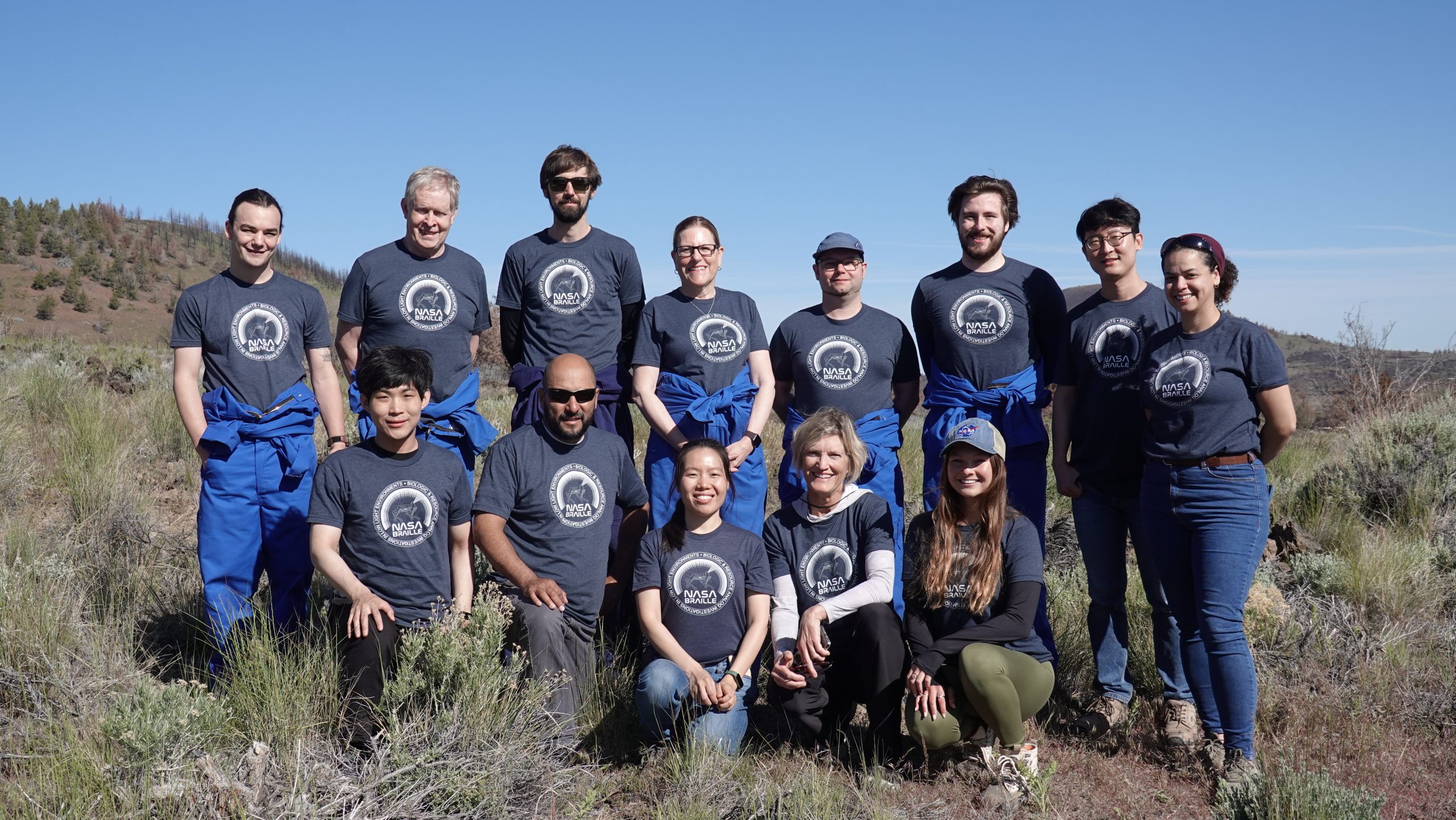
BRAILLE-CoSTAR Field Deployment II
This final field deployment focused on two major objectives. The first objective was testing the autonomy of the robots in detecting points of interest within Valentine Cave working independently, together, and with the remote help of a person at Base Camp. The second objective was collecting sufficient images of different biosignatures and biological samples to develop an algorithm to let the robots autonomously detect these features.
August 2021
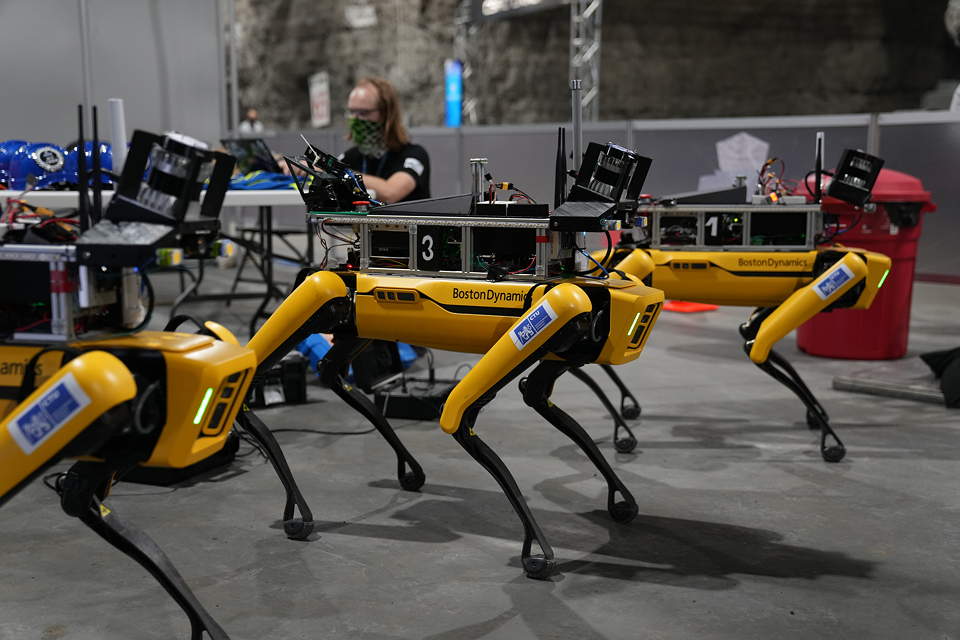
DARPA Sub-Terranean Challenge
JPL’s CoSTAR team competed in the Sub-Terranean autonomy challenge to test their NeBula autonomy software, which would soon be adapted for their work in Lava Beds.
May 2021
BRAILLE-CoSTAR Field Deployment I
Fourteen team members traveled to Lava Beds with a Boston Dynamics technician to test new Spot accessories, including an arm and pan-tilt-zoom (PTZ) camera. A short film was recorded on-site by Boston Dynamics to showcase the work that the robots can do in the caves, which has nearly received half a million views on YouTube.
November 2020
CoSTAR Scouting Trip II
Four JPL roboticists traveled to Lava Beds to do further field testing with the Husky and Spot robots.
September 2020
BRAILLE-CoSTAR Scouting Trip I
In the midst of the global pandemic, a limited number of researchers (4) and roboticists (4) were able to travel to the field to test Husky and Spot robots and introduce the JPL team to the cave environment at Lava Beds National Monument.
January 2020
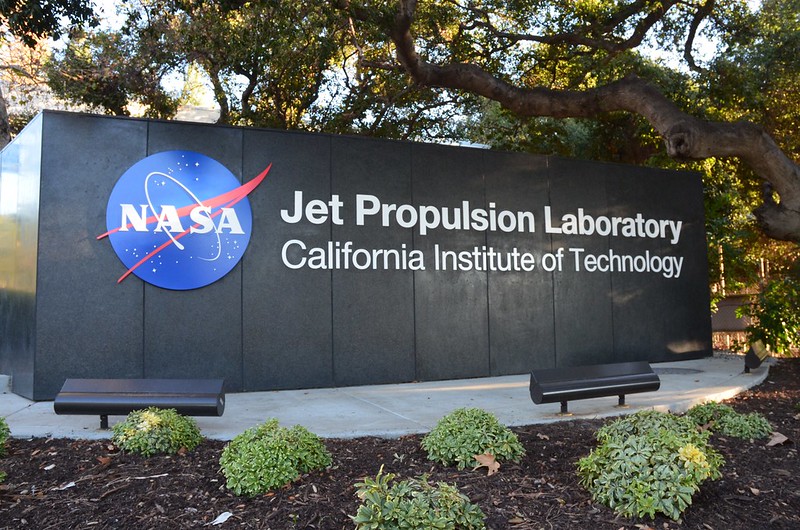
JPL Partnership Cemented
BRAILLE’s PI visits NASA JPL headquarters to formalize their coming robotics partnership.
December 2019
CoSTAR and BRAILLE Introduction
BRAILLE’s PI is introduced to NASA’s CoSTAR team PI at an annual American Geophysical Union (AGU) meeting.
August 2019
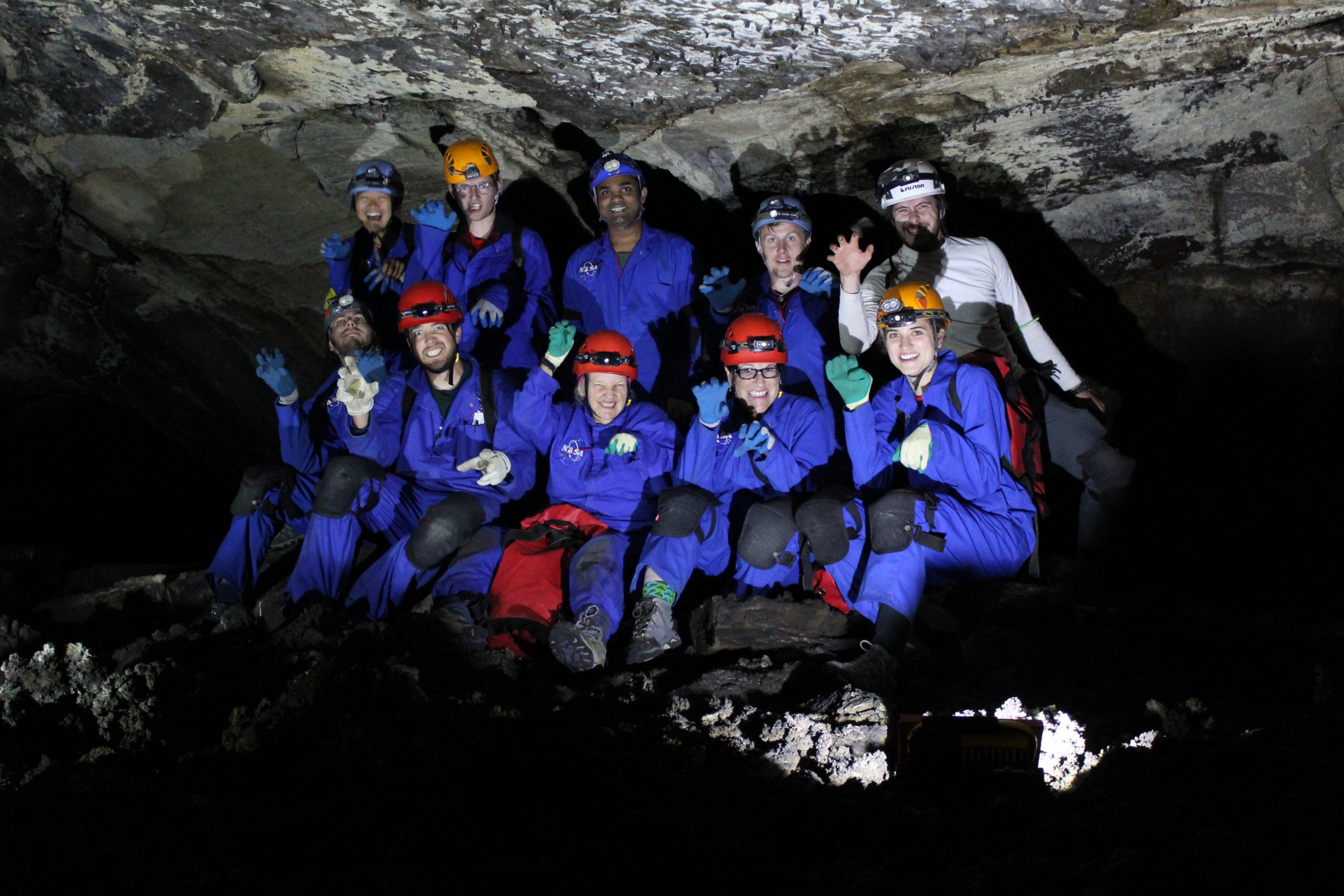
BRAILLE Field Deployment III
While the Ames CaveR and its payload team were reassigned to work full-time on the Lunar VIPER Mission, BRAILLE continued its sample collection work at Lava Beds in the summer of 2019, with 12 members being deployed, including astrobiology scientists, postdoc researchers, staff, and interns.
August 2018

BRAILLE Field Deployment II
With 33 members and affiliates on-site at times, including astrobiology scientists, postdoc researchers, graduate students, and undergraduate interns, the BRAILLE team collected samples, did tests with the CaveR robot and the IRG team, and hosted their Mars mission sim team. Over 350 visitors joined the team for a large-scale “family day” outreach event, and the team members extensively photographed the trip. Unfortunately, due to smoke from the regional forest fires permeating Lava Beds, the robotics and mission sim teams departed early for personnel and equipment safety.
August 2018
In-Person Team Meeting
The 25-person BRAILLE team met at NASA Ames prior to the coming field deployment.
August 2018
Further Mission Sim Preparation
A larger, 12-person group met at NASA Ames for mission simulation operational readiness test (ORT) training.
June 2018
Mission Sim Preparation
Six BRAILLE researchers met at NASA Ames to prepare for future mission simulations.
May 2018
IRG Training Data Trip
An Intelligent Robotics Group (IRG) instrument payload was brought to the field with six researchers to collect training data for future field deployments.
November 2017

BRAILLE Field Deployment I
The team’s first field deployment hosted 11 astrobiology scientists as they collected samples from a Lava Beds caves during some unexpected snow.
November 2017
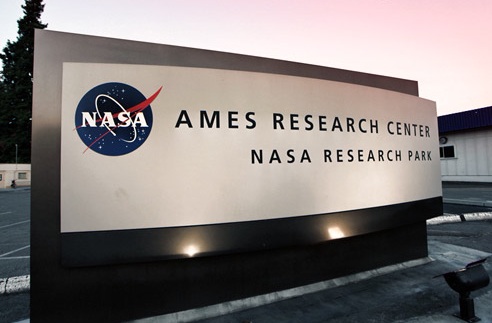
First BRAILLE Meeting
Twenty-five team members meet at NASA Ames to kick off the first official BRAILLE team meeting
October 2017
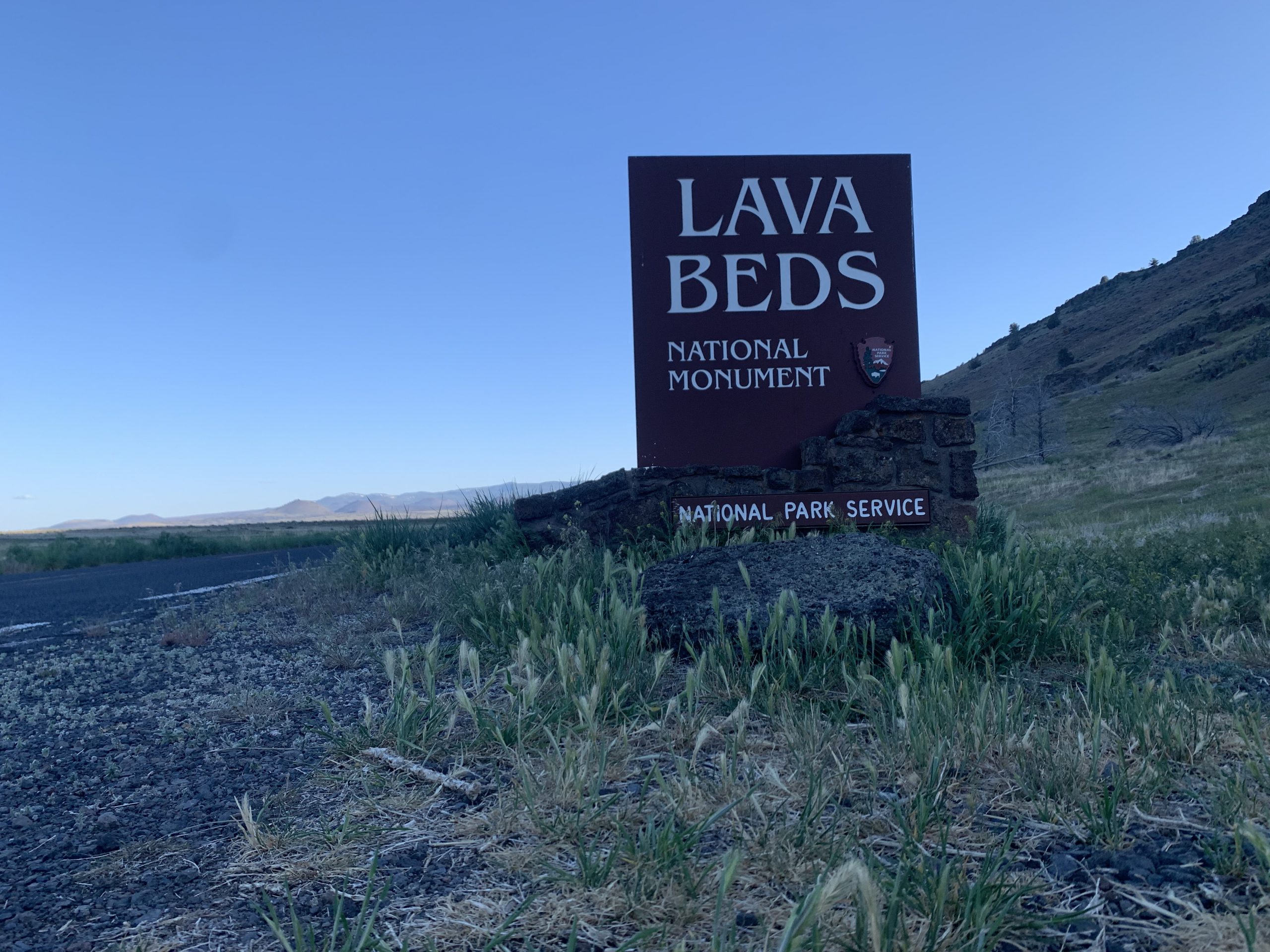
Visit to Lava Beds
A four person scouting team visits Lava Beds National Monument in Northern California to confirm its viability as a study location for BRAILLE
October 2017

BRAILLE/BMSIS Agreement
A cooperative agreement is put in place to move BRAILLE funds to Blue Marble Space Institute of Science and its University partners.
June 2017
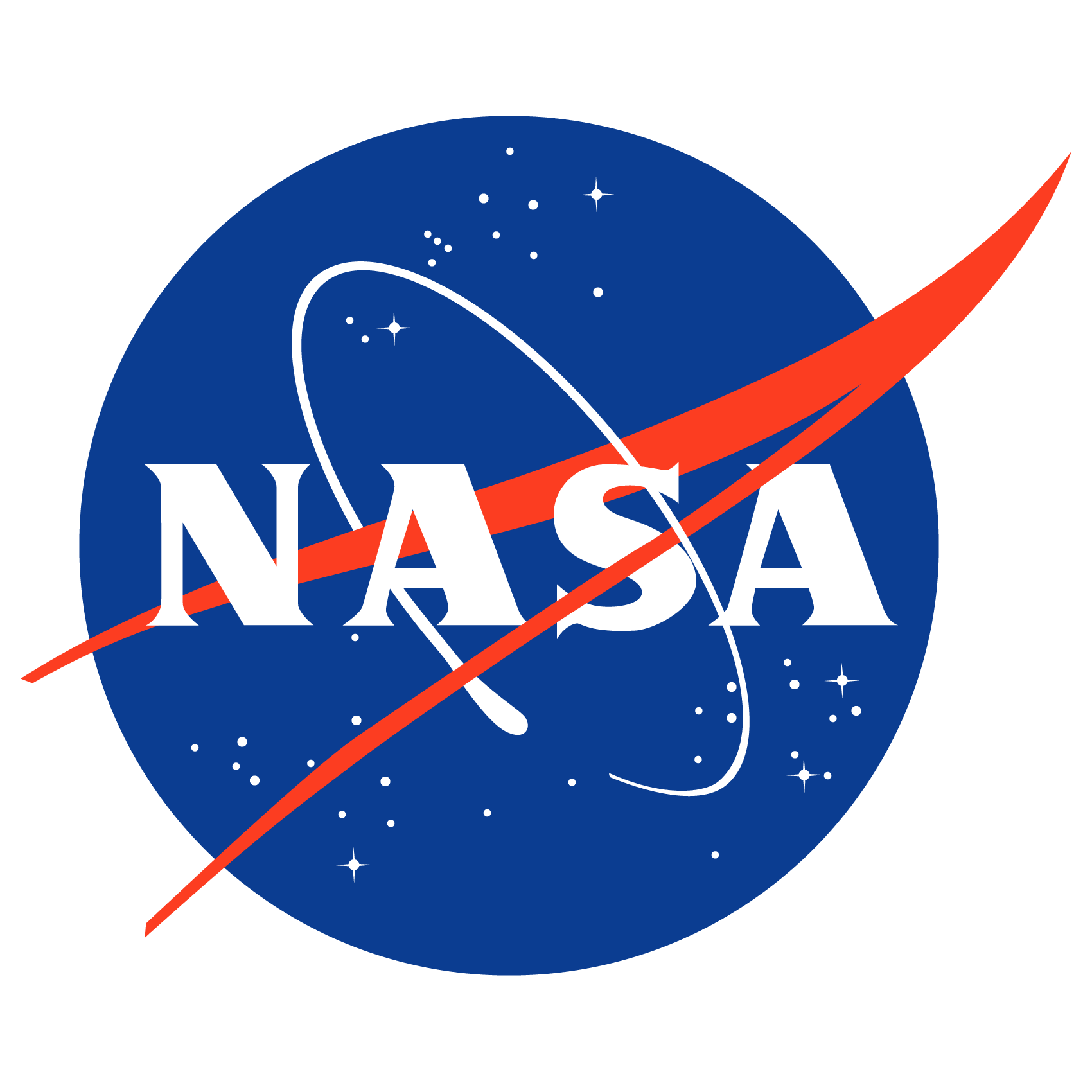
BRAILLE Funded
BRAILLE is selected for funding, with Dr. Jen Blank from NASA AMES as the Principal Investigator (PI).